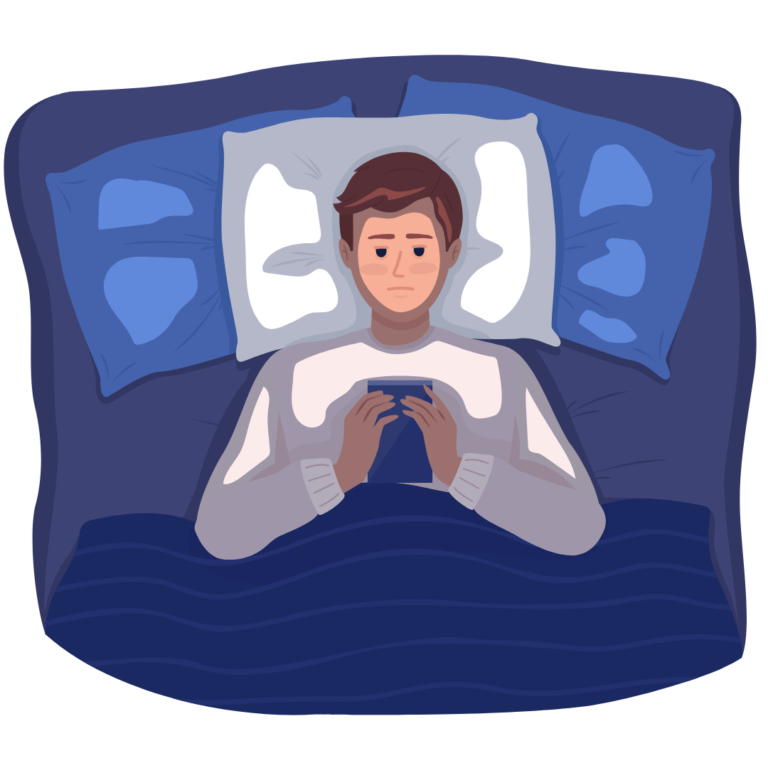“God created dreams to show way to the sleeping man whose eyes are dim.” This is a quote from the old Egyptian text. Sigmund Freud believed that dreams are the way to the unconscious and that a non-interpreted dream is like an unopened letter from God. Physiologists Aserinsky and Kleitman conducted research and concluded that in the REM (rapid eye movement) stage, a person dreams. They established that everyone sees a dream, but they can’t all remember it. According to them, normally, an adult person dreams 4-5 times during REM. During the research in the lab, they woke up people during the REM stage, but they allowed people to sleep during other stages so that they were sleeping the recommended amount of time, but without REM. From the fifth night on, those people developed tension, irritation, and a decrease in their concentration level compared to those in the controlled group who weren’t woken up in the REM stage. All these symptoms disappeared in the experimental group after they stopped waking them up during the REM stage.
These empirical facts confirm that dreams have an important function in our organism. Freud was the one who gave dreams meaning and tried to decipher them. He noted that dreams speak in symbols. Symbols are important because there are an innumerable number of things and events that are beyond the human mind and cannot be rationally explained. That is why we use symbolic terms to express these concepts, which we cannot fully define. This is the reason why symbols are used in many religions and literary works, but there is another aspect in which man created symbols spontaneously. It might not be easy for the rational mind to accept, but to understand our mind, it’s a necessary condition. Symbols often arise in the background of emotions and connect the unknown with the familiar. During dream interpretations, Freud used the method of free association, which is when a patient makes a chain of works by spilling whatever thought comes to their head first. However, C.G. Jung criticised him because usually free associations are follwed by the emergence of complexes, even the forgotten ones. Jung decided that the content of the dream was more important and should be given greater importance, and by doing so, he discovered the method of amplification.
Siamak Khodarahimi conducted a study exploring the Jungian method of analysing dreams to treat social phobias. They followed three-stage paradigms in a clinical setting. The first one consisted of writing down the details of the dreams. The second one was amplification, which explored their symbolic meanings, and the final one integrated the insights gained from the dream analysis into psychotherapy. Throughout the research, Khodarahimi noticed that patients’s dreams had expressions of childhood traumatic events and the ineffective skills to cope with them. Therefore, dreams can be very valuable in understanding a patient’s aetiology, prognosis, and results of therapy.
In conclusion, dreams are a vital part of our lives, and given their importance, they shouldn’t be left without attention. They can be an interesting insight into our psyche. The more we understand ourselves, the more harmonious we feel with our body and surroundings.
Written By: Mariam Shengelia, Mental H2O Youth Resource Wrtier
References:
Aserinsky, E., & Kleitman, N. (1953). Regularly Occurring Periods of Eye Motility, and Concomitant Phenomena, during Sleep. Science, 118(3062), 273–274. http://www.jstor.org/stable/1680525
Khodarahimi S. Dreams In Jungian Psychology: The use of Dreams as an Instrument For Research, Diagnosis and Treatment of Social Phobia. Malays J Med Sci. 2009 Oct;16(4):42-9. PMID: 22135511; PMCID: PMC3216128.


